Allianz’s chief executive talks about the company’s 2011 results
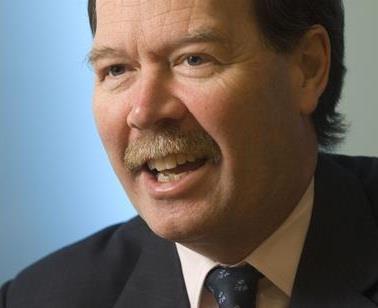
Insurance Times: What were the main drivers behind Allianz’s strong growth and profits in 2011?
Andrew Torrance: Gross written premium was up 10%, operating profit also increased 6.4%, and the combined ratio stayed below 96%, hitting 95.7%, which was a marginal decrease on 2010. The commercial business grew 1% in what was actually a pretty difficult market in 2011. It also maintained its very active level of combined ratio performance: combined ratio was slightly down by 0.5 percentage points versus 2010, and in 2010 it was already at a very good level of 94.5%.
Retail really was the growth driver in 2011. Retail premiums increased from £701m to £856m, which is 22%, and we managed to grow and hold combined ratio steady in retail at 97.8%. So, all in all, I have got to say that it was a very positive performance and certainly one that we were very pleased with, and it exceeded our expectations for 2011.
More specifically, what part did the commercial side play in this?
For commercial it was another challenging year in the marketplace. If you look around the different parts of the business, commercial motor was the strongest performing area with 14% growth in GWP during the year to £266m. The commercial property line had a good year in terms of profit performance. We avoided any large fire losses in 2011 and that meant that this line delivered a decent underwriting profit as well, albeit premiums declined 9% in that area.
I said a year ago that commercial property was fundamentally underrated. It continued to struggle in 2011 to get mid single-digit rate strengths through that line and the conscious decision was to say if you can’t get the rate strength you want, then you are willing to see some sort of business lapse. The result was premiums fell 9%.
And the retail segment?
This was really the growth engine in business in 2011. We had excellent top-line growth in broker segments: broker motor growth was 62%, broker household was 45%, both relative to 2010. In private motor we had around 9% rate strength during 2011, which was probably not as much as we would have liked, but it was a reasonable performance in the context of the marketplace.
The private motor account is still not performing as well as we would like, but if you look at it on an account basis it was 113% in 2010 and it came down to 104% in 2011. We would like to see that continue downward to the 97%-98% mark, which is the target level we have for that business.
How did the corporate side of the business perform in 2011?
The corporate part of the business did very nicely in 2011. We started writing the BMW account in July and we are now in the second year of our relationship with Volkswagen, and together those two accounts came up to GWP of £47m.
That was an business where we had zero premium as of 1 January 2010, so that has been a nice area of growth for the retail division. I believe we will see a marked improvement in results in 2012.
What is your outlook for 2012?
2012 is going to be another challenging year for the industry. The macroeconomics are going to continue to be difficult, though you might see some improvement as you get into the second half of the year, but I think overall it will be quite sluggish. Unemployment is likely to continue to rise throughout the year, because even if growth is a bit better in the second half don’t expect it to be sufficiently good to really bring unemployment levels down.
Therefore, I don’t really see much in the environment that is going to mitigate the pressure that we have from recession-related claims, nor do I see interest rates decreasing, which is another pressure on the insurance industry. In the motor claims area I think we are seeing increasing signs from government that they are looking to put together a package of measures that will have an impact on claims. We have obviously got the Jackson Reforms legislation going through parliament today.
It may not be by the end of 2012, but certainly by 2013 we will be entering an environment I believe where we don’t have referral fees any longer, and I think government is also very much up for tackling the excessive legal costs in the system. I think we are beginning to see some movement to bring down the frequency of whiplash claims – it is clearly a ludicrous situation where you see the number of accidents falling and the number of whiplash claims growing year by year.






























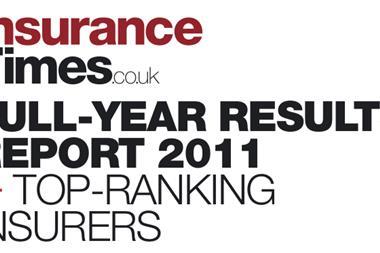
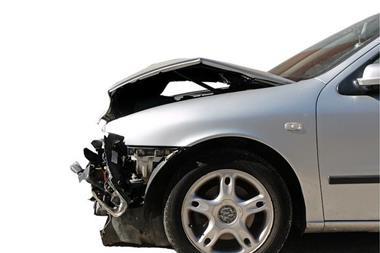
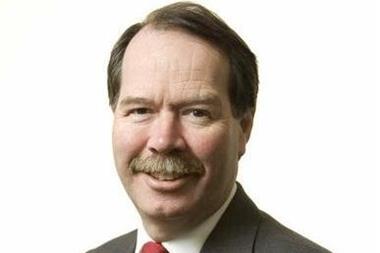
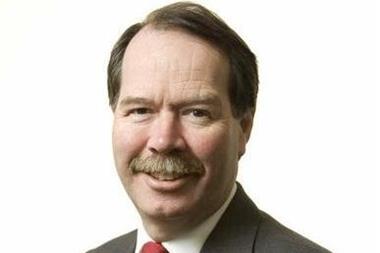
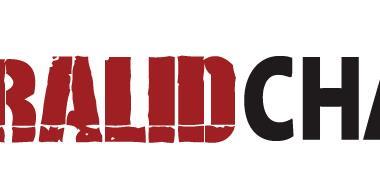



No comments yet